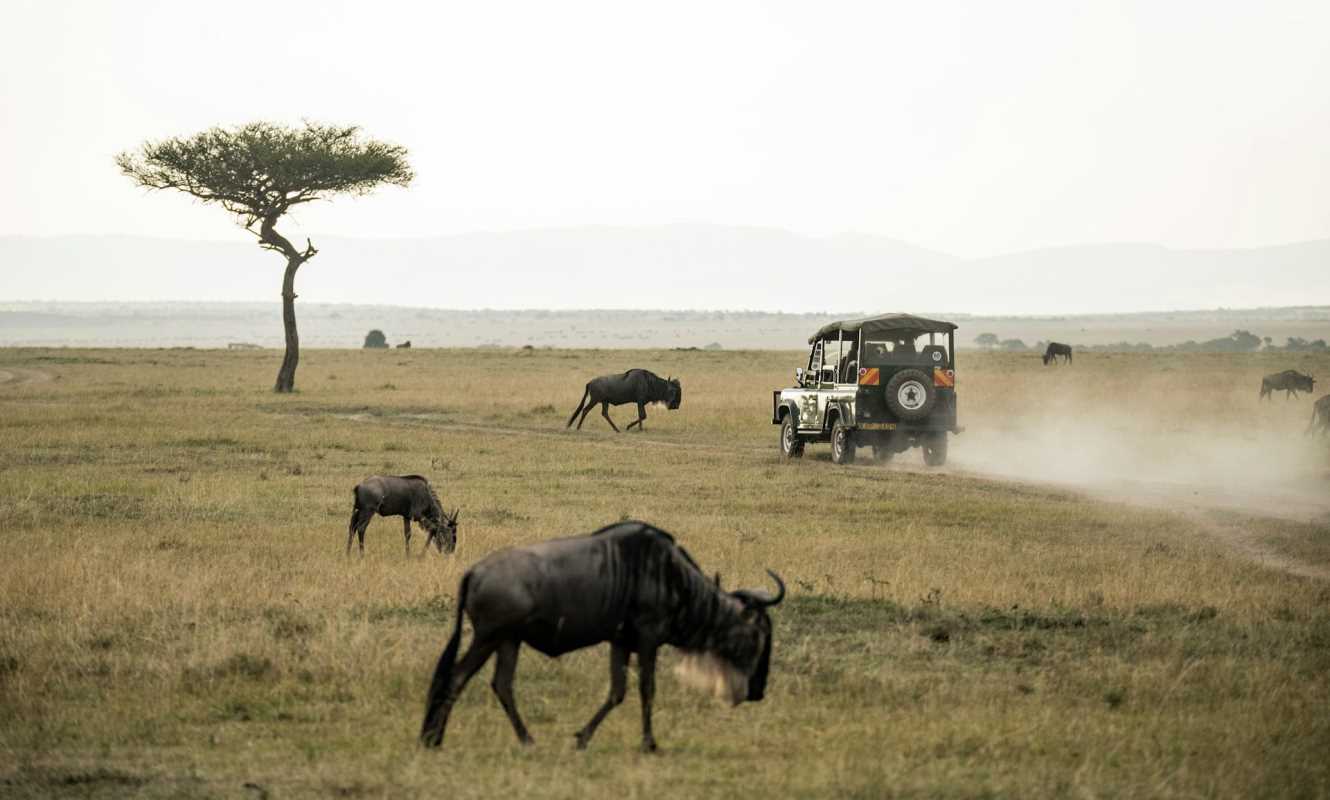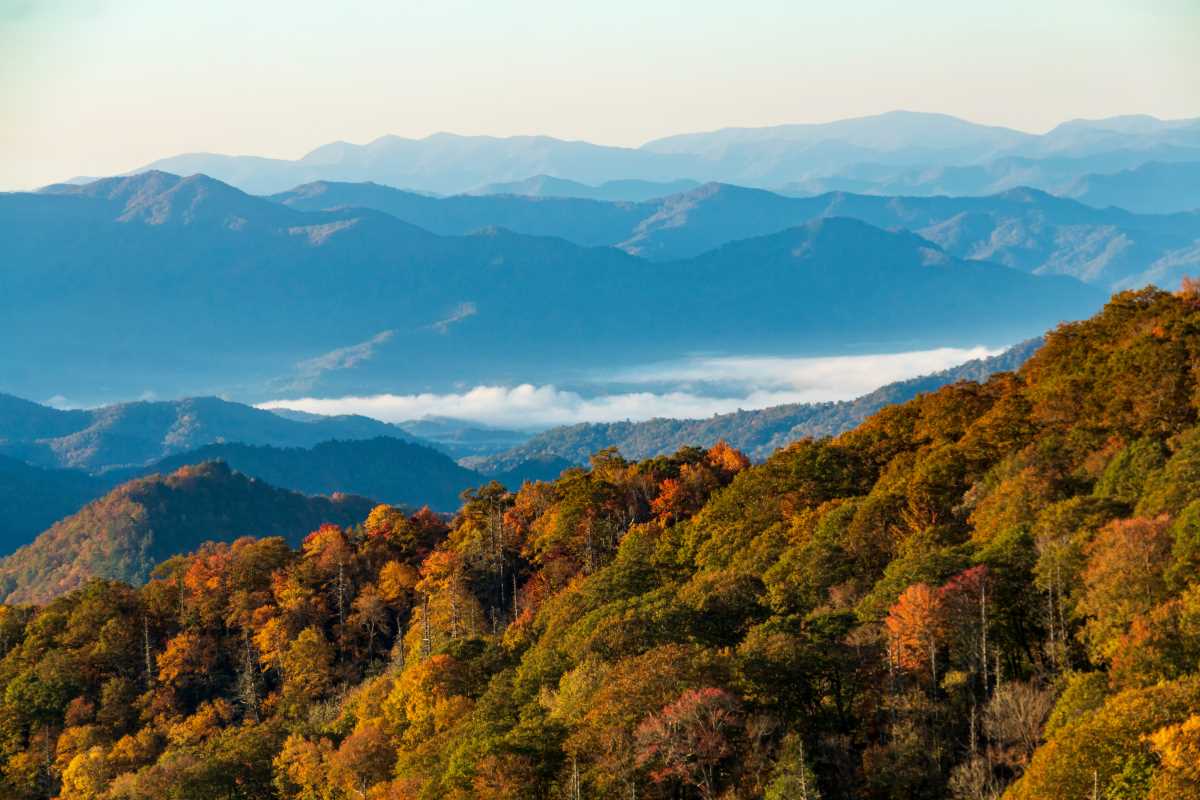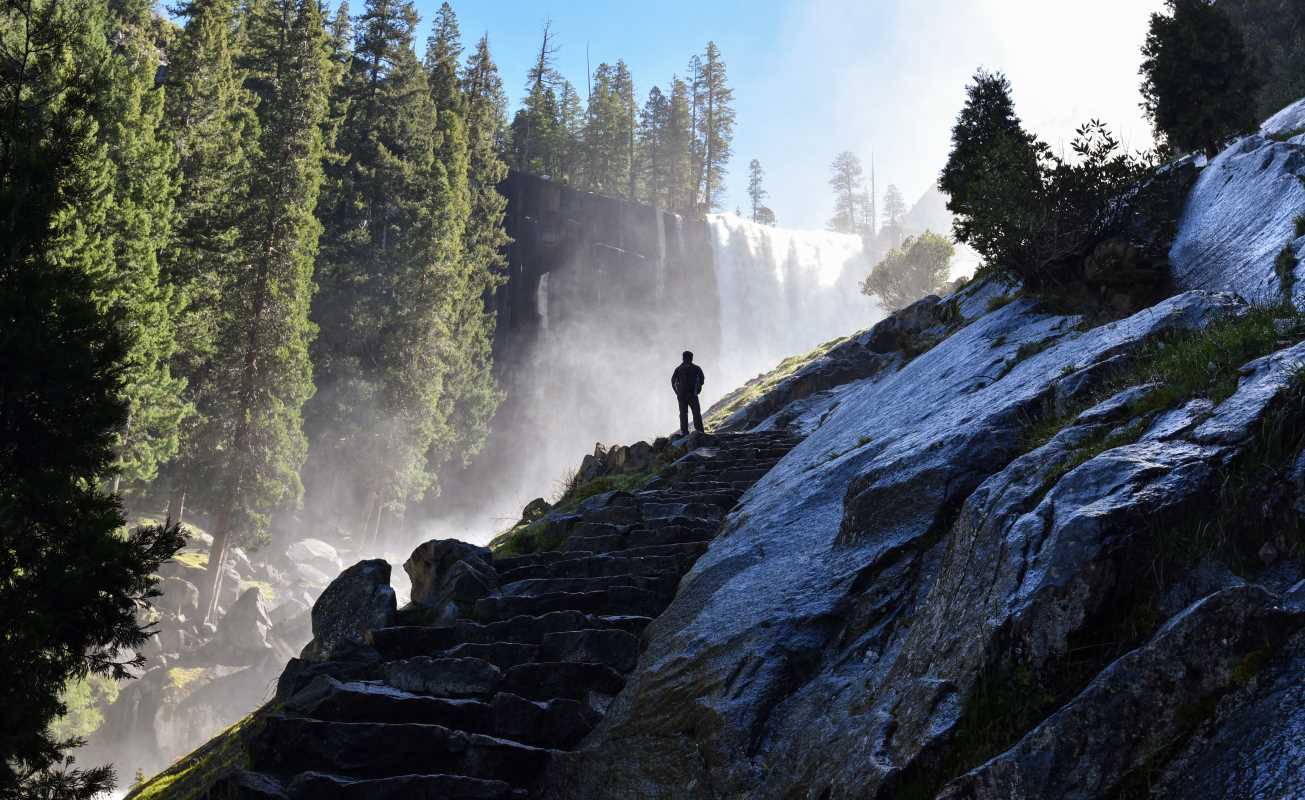Africa, a continent teeming with wildlife and natural beauty, offers some of the most exhilarating safari experiences in the world. From expansive savannas to lush wetlands, each safari destination showcases unique ecosystems and a diverse array of wildlife. Whether you’re looking to witness the iconic Big Five or immerse yourself in local cultures, Africa's top safari destinations provide unforgettable adventures. This guide explores some of the best places to experience a safari, highlighting what makes each destination special.
Serengeti National Park, Tanzania
The Serengeti National Park is synonymous with wildlife and adventure, making it one of Africa's most celebrated safari destinations. Spanning approximately 5,700 square miles, this UNESCO World Heritage site is famous for the Great Migration, where over a million wildebeests, along with zebras and gazelles, traverse the plains in search of greener pastures. This awe-inspiring spectacle typically occurs from June to September, offering visitors a chance to witness nature at its most dramatic.
Wildlife enthusiasts will be thrilled by the diverse range of species that call the Serengeti home. In addition to the Big Five—lions, leopards, elephants, and rhinoceroses—visitors can spot cheetahs, hyenas, and countless bird species. The park offers various activities, including game drives, hot air balloon rides at dawn, and guided walking safaris, allowing guests to explore the ecosystem from different perspectives. These experiences not only heighten the thrill of spotting wildlife but also provide opportunities to learn about the intricate balance of nature.
When planning a visit to the Serengeti, timing is crucial. The best chance to see the Great Migration is during the dry season, when animals are more visible. Accommodations vary from luxury lodges to budget-friendly camps, catering to different preferences and travel styles. Booking in advance, especially during peak migration season, is advisable to secure your ideal spot.
Maasai Mara National Reserve, Kenya
Just across the border from the Serengeti lies the Maasai Mara National Reserve, another jewel in Africa's safari crown. Known for its rich wildlife and stunning landscapes, the Maasai Mara is named after the Maasai people who have lived in harmony with the land for centuries. The reserve is particularly famous for its large population of lions and for being part of the route taken by the migrating wildebeests.
The Maasai Mara offers a wealth of activities for visitors. Game drives reveal the incredible biodiversity of the region, while opportunities to engage with the Maasai community provide cultural insights. Visitors can participate in traditional dances, learn about local crafts, and discover the Maasai way of life. Night drives are also available, offering a thrilling chance to see nocturnal animals in their natural habitat.
To maximize wildlife sightings, guided safaris led by experienced rangers are recommended. These guides possess invaluable knowledge of the area, enhancing your understanding of the ecosystem. The Maasai Mara offers a variety of accommodations, from luxury lodges to more affordable tented camps, many of which provide spectacular views of the Mara River, especially during migration season.
Kruger National Park, South Africa
As one of Africa's largest game reserves, Kruger National Park covers over 7,500 square miles and is known for its accessibility and diverse wildlife. This park offers visitors the chance to explore at their own pace, making it a favorite among both first-time and seasoned safari-goers. The park boasts an impressive variety of species, including the Big Five, cheetahs, and more than 500 bird species.
One of Kruger’s standout features is the self-drive safari option, which allows guests to navigate the park in their vehicles. This flexibility enables you to spend as much time as you desire observing wildlife and enjoying the breathtaking scenery. For those who prefer guided experiences, numerous tours led by knowledgeable rangers provide deep insights into the local ecology and behavior of animals. In addition to game drives, visitors can participate in walking safaris and night drives, adding a unique dimension to the safari experience.
The best time to visit Kruger National Park is during the dry winter months from May to September, when wildlife is easier to spot. Booking accommodations within the park allows for early morning and late afternoon game drives, maximizing your chances of encountering wildlife. Various camps are available, catering to different comfort levels and budgets.
Chobe National Park, Botswana
Chobe National Park is renowned for its large elephant population, which is estimated to exceed 50,000 individuals. Located in northern Botswana, Chobe is characterized by its diverse ecosystems, including floodplains, savannas, and woodlands, making it a haven for wildlife. This rich biodiversity attracts not only elephants but also lions, leopards, and numerous bird species, creating an ideal safari destination.
One of the unique features of Chobe is the option for boat safaris along the Chobe River. This provides a different perspective on wildlife viewing, allowing guests to get close to animals like hippos and crocodiles while enjoying the serenity of the river. Birdwatchers will be particularly delighted by the variety of species found here, with over 450 recorded. Game drives are also popular, and visitors can combine both activities for a well-rounded experience.
The best time to visit Chobe is during the dry season from April to October, when animals congregate around water sources. The town of Kasane serves as a convenient gateway to the park, with a range of accommodations available, from luxury lodges to more budget-friendly options. Consider extending your trip to include the Okavango Delta for a truly immersive safari experience.
Okavango Delta, Botswana
The Okavango Delta is a unique and breathtaking safari destination that offers a completely different experience compared to other regions in Africa. This UNESCO World Heritage site is one of the largest inland deltas in the world and transforms from a seasonal floodplain into a lush oasis, teeming with wildlife. The delta's intricate waterways and islands create stunning landscapes that support a diverse range of ecosystems.
Wildlife enthusiasts will find the Okavango to be a paradise, with species such as elephants, lions, and hippos thriving in the area. Visitors can explore the delta by traditional mokoro (dugout canoe), allowing for a peaceful and intimate way to witness wildlife and appreciate the stunning surroundings. Guided walking safaris are also available, offering a chance to connect with nature on a deeper level and learn about the ecosystem from experienced guides.
The best time to visit the Okavango Delta is during the dry season, particularly from June to October, when the water levels rise and wildlife is more easily spotted. Accommodations range from luxury lodges to more rustic camping options. For those looking for a unique experience, consider booking a mokoro safari in advance, especially during peak season, to ensure availability.
Tarangire National Park, Tanzania
Often overlooked in favor of more famous parks, Tarangire National Park is a hidden gem in Tanzania’s safari circuit. Known for its large herds of elephants and iconic baobab trees, Tarangire boasts a diverse range of habitats, including woodlands, swamps, and open grasslands, making it a vital area for wildlife.
The park is particularly rewarding during the dry season when animals gather around the Tarangire River, providing excellent opportunities for wildlife viewing. In addition to elephants, visitors can spot lions, leopards, and a variety of antelope species. Tarangire is also a birdwatcher’s paradise, with over 550 species recorded. Visitors can choose from game drives or guided walking safaris for a more intimate experience with nature.
To avoid crowds, consider visiting Tarangire in the shoulder seasons of April to June or September to October. Accommodations within the park vary from tented camps to lodges, many of which offer spectacular views of the surrounding landscapes. Tarangire is also conveniently located near the Serengeti and Ngorongoro Crater, making it easy to combine multiple safari experiences in one trip.
Ngorongoro Crater, Tanzania
The Ngorongoro Crater is a remarkable geological wonder and one of the best places in Africa to see wildlife. This UNESCO World Heritage site is the world's largest intact volcanic caldera and provides a unique ecosystem that supports a high density of wildlife year-round. The crater's rich grasslands, forests, and swamps create ideal habitats for a diverse range of species, making it a must-visit for safari enthusiasts.
Visitors to the Ngorongoro Crater can expect to see a wide variety of animals, including lions, elephants, zebras, and flamingos. The compact nature of the crater allows for excellent game viewing, often resulting in close encounters with wildlife. Guided tours are available, offering insights into the unique geology and ecology of the area. Additionally, cultural visits to nearby Maasai villages provide an enriching experience that connects visitors to the local community.
The best time to visit the Ngorongoro Crater is during the dry season, from June to September, when wildlife is most active. Accommodations near the crater range from luxury lodges to budget-friendly options, ensuring visitors can find a suitable place to stay. Given its proximity to other attractions in Tanzania, including the Serengeti, the Ngorongoro Crater is an excellent addition to any safari itinerary.







